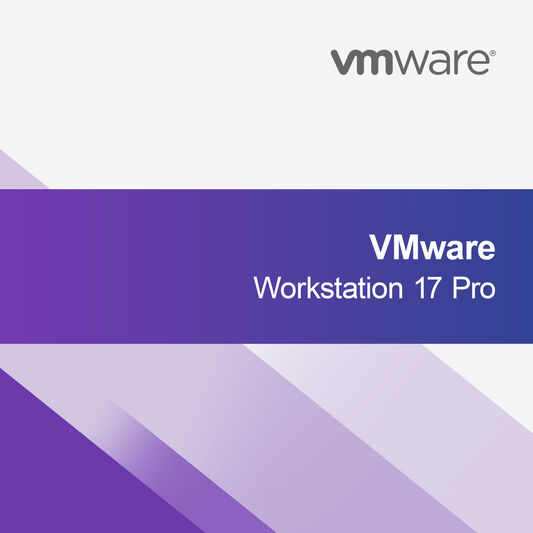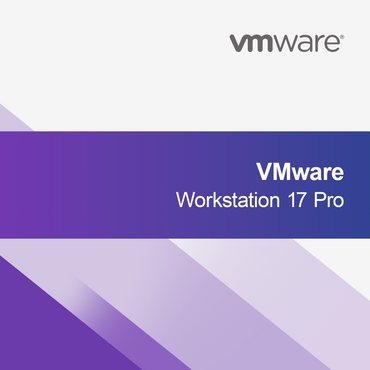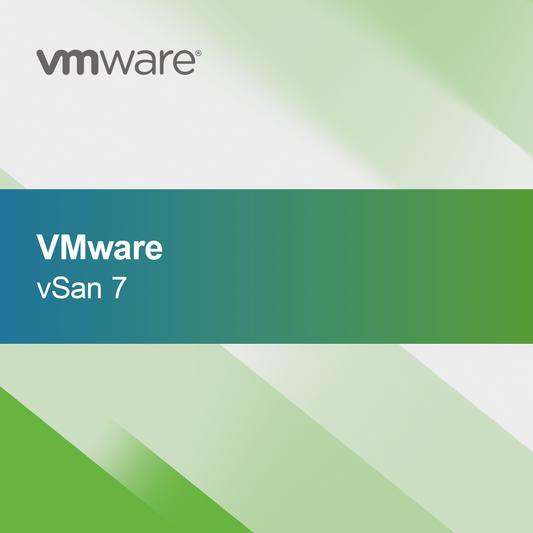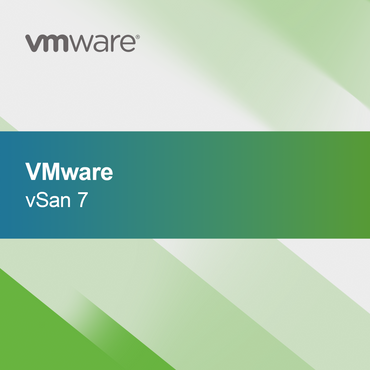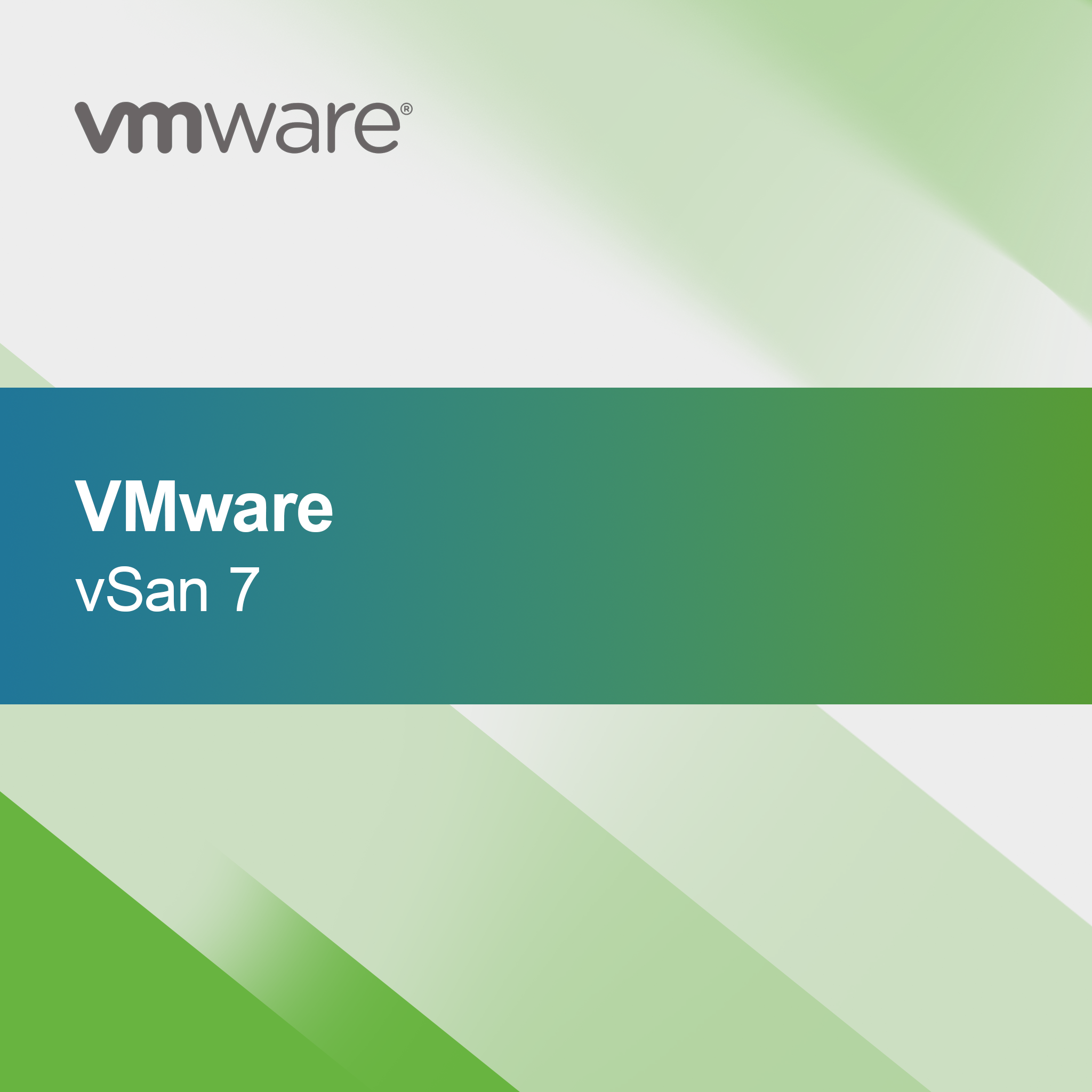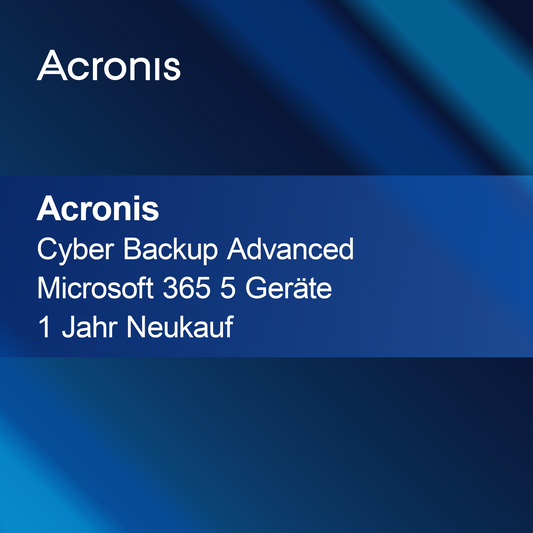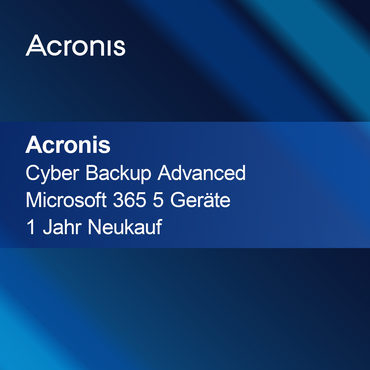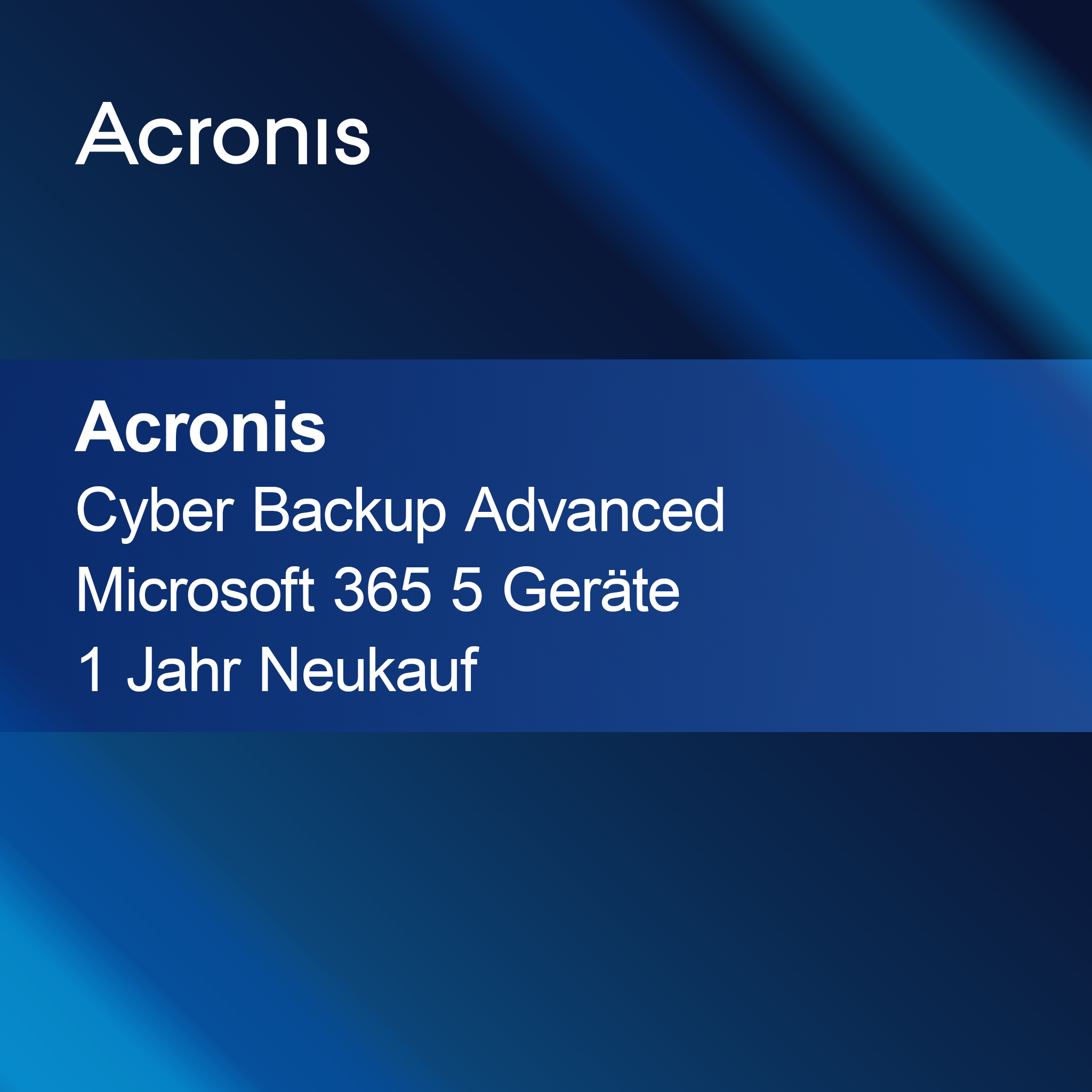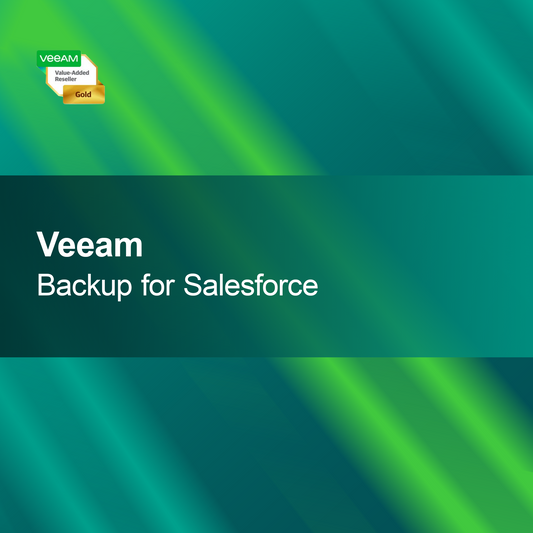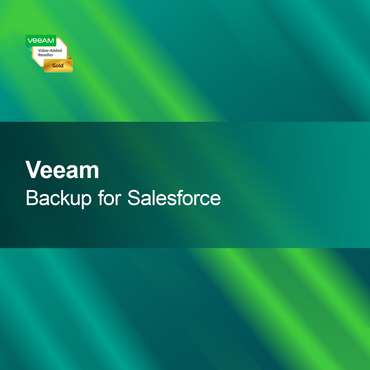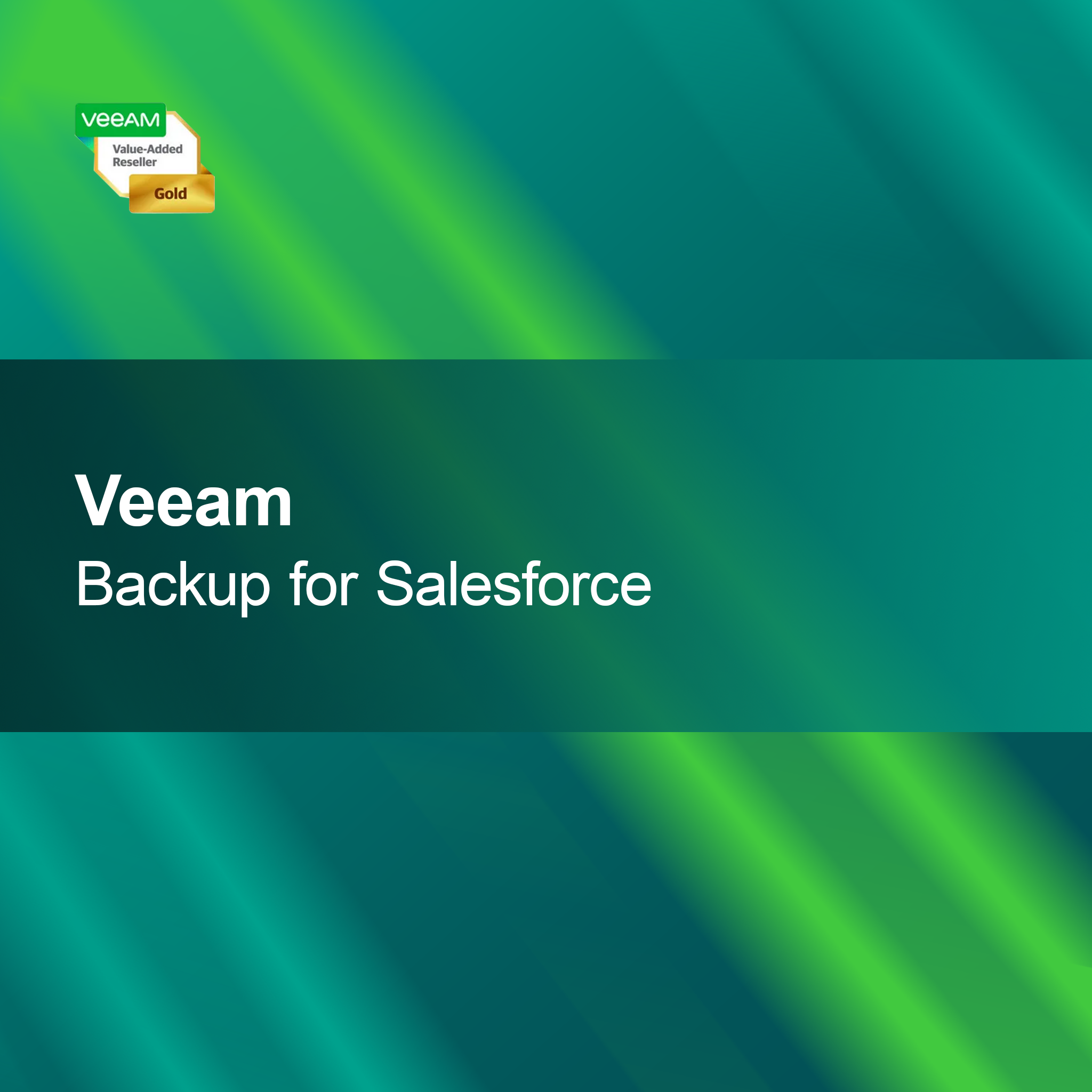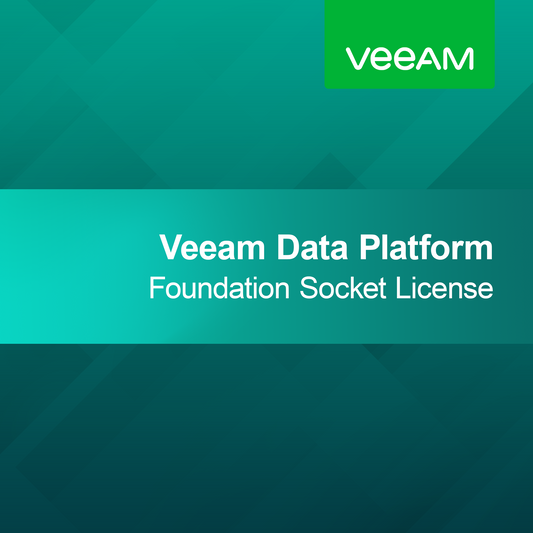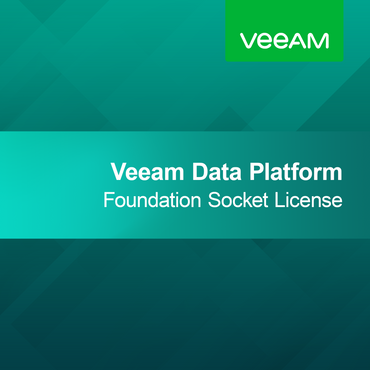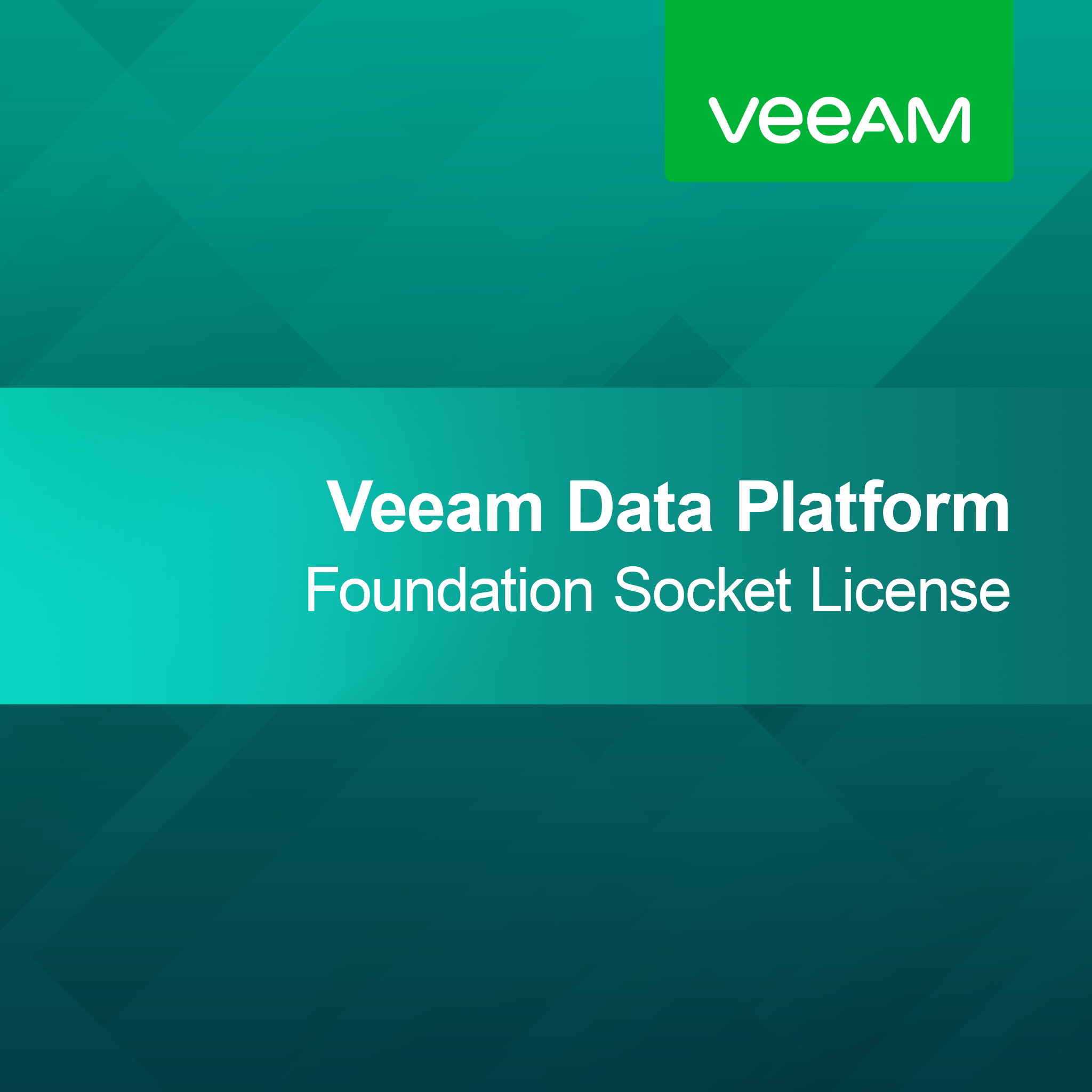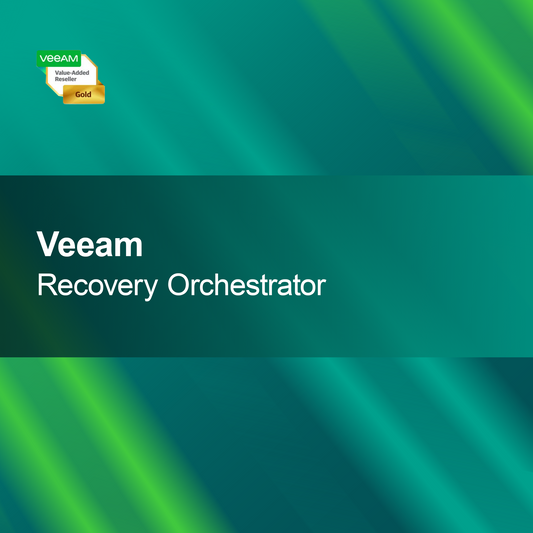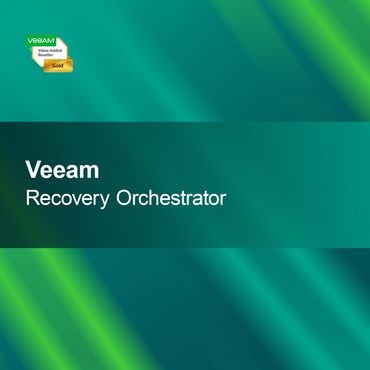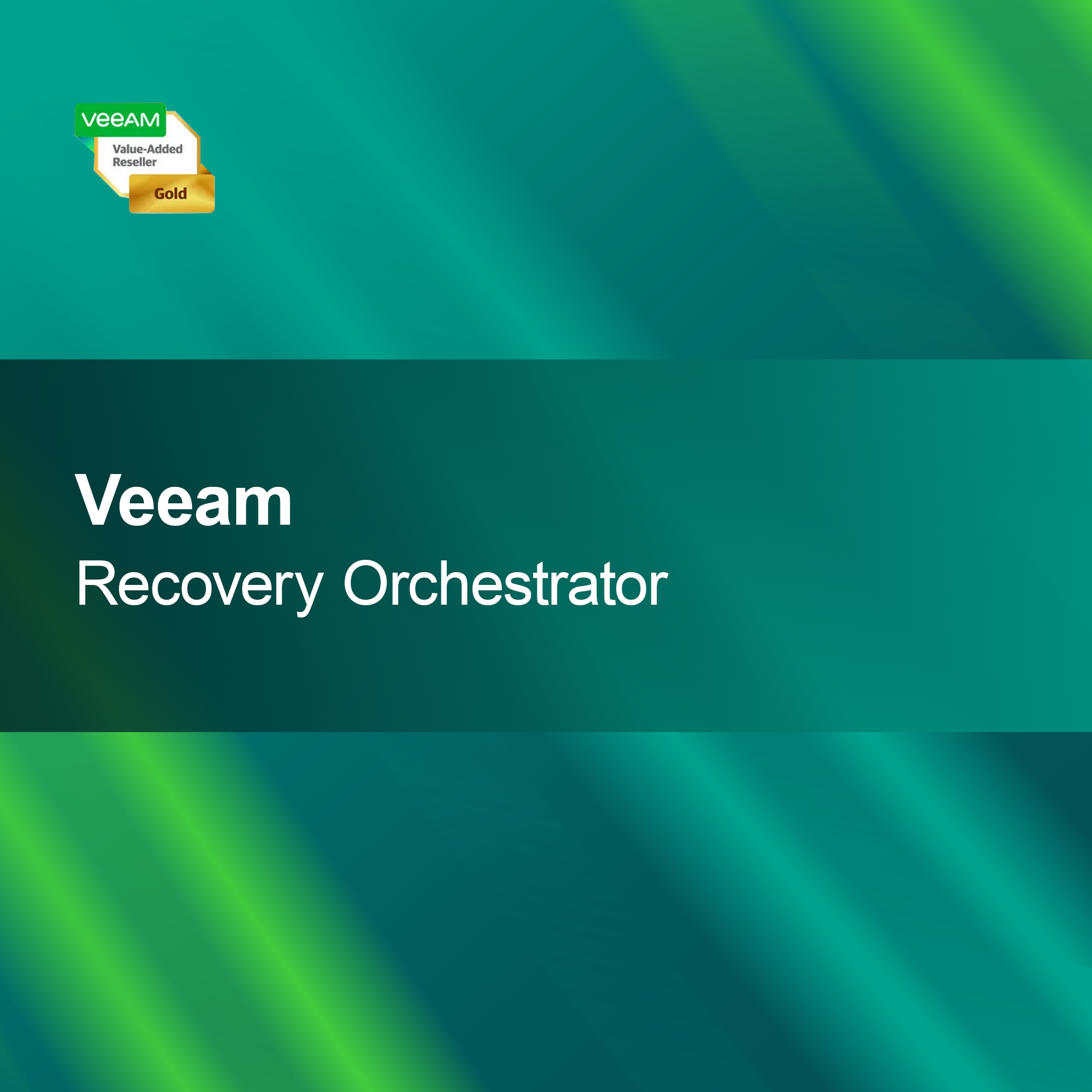-
VMware vRealize Operations 7 Enterprise
Regular price 74.483,00 leiSale price 74.483,00 lei Regular priceUnit price perVMware vRealize Operations 7 Enterprise Activate VMware vRealize Operations 7 Enterprise quickly and securely with this license key. Use a powerful platform specifically designed for enterprises...
-
VMware vCenter Server 7
Regular price From 6.725,00 leiSale price From 6.725,00 lei Regular priceUnit price perVMware vCenter Server 7 With VMware vCenter Server 7, you get a powerful solution to centrally manage and optimally control your virtual infrastructure. The platform enables...
-
VMware vSphere 6
Regular price From 1.922,00 leiSale price From 1.922,00 lei Regular priceUnit price perVMware vSphere 6 With the VMware vSphere 6 license key, you get a powerful virtualization platform that helps you optimally manage and improve your IT resources....
-
VMware Workstation 17 Pro
Regular price From 468,00 leiSale price From 468,00 lei Regular priceUnit price perVMware Workstation 17 Pro With VMware Workstation 17 Pro, you get a powerful solution to run multiple operating systems simultaneously on your computer. This software creates...
-
VMware vSan 7
Regular price From 1.802,00 leiSale price From 1.802,00 lei Regular priceUnit price perVMware vSAN 7 With the VMware vSAN 7 license key, you get a powerful and integrated storage solution specifically designed for virtualized environments. This allows you...
Virtualization
What is virtualization and why is it important?
Virtualization refers to the technology that enables running multiple virtual machines on a single physical computer. This technology is crucial because it optimizes resource usage, reduces operating costs, and increases flexibility. Through virtualization, companies can make their IT infrastructure more efficient by better utilizing hardware resources while simplifying management. This leads to faster deployment of applications and services.
What types of virtualization are there?
There are different types of virtualization, including server virtualization, desktop virtualization, and application virtualization. Server virtualization allows multiple servers to run on a single physical machine, while desktop virtualization enables access to desktop environments from various devices. Application virtualization, on the other hand, isolates applications from the underlying infrastructure, simplifying deployment and management. Each type has its own advantages and use cases.
How does virtualization work?
Virtualization works by using hypervisors that act as intermediaries between the hardware and the virtual machines. The hypervisor allows multiple operating systems to run simultaneously on a single physical server by efficiently distributing hardware resources. This is done by creating virtual machines that can operate independently as if they were running on separate physical machines. This technology enables a flexible and scalable IT environment.
What are the benefits of virtualization?
The benefits of virtualization are diverse. It enables better resource utilization because multiple virtual machines can run on a single physical hardware. This leads to cost savings in hardware and operating expenses. Additionally, virtualization improves flexibility and scalability, as new virtual machines can be quickly created and deployed. Security is also enhanced through isolation of virtual machines, which reduces the risk of failures.
What are the challenges of virtualization?
Despite the many advantages, there are also challenges in implementing virtualization. These include the complexity of managing virtual environments and the need to implement appropriate security measures. Performance can also be affected if resources are not optimally allocated. Companies must ensure they have the necessary knowledge and tools to overcome these challenges and fully leverage the benefits of virtualization.
How do I choose the right virtualization solution?
When choosing a virtualization solution, you should consider your specific requirements and goals. Think about which type of virtualization is best suited for your company and evaluate the available hypervisors and platforms. Also pay attention to scalability, user-friendliness, and vendor support. A thorough analysis will help you find the right solution that meets your needs and is successful in the long term.
How can I get started with virtualization?
To get started with virtualization, you should first take stock of your current IT infrastructure. Identify the applications and services that can be virtualized and choose the appropriate virtualization solution. Then you can begin installing the hypervisor and creating your first virtual machines. It is advisable to use training or resources to ensure that you can implement and manage the technology effectively.










